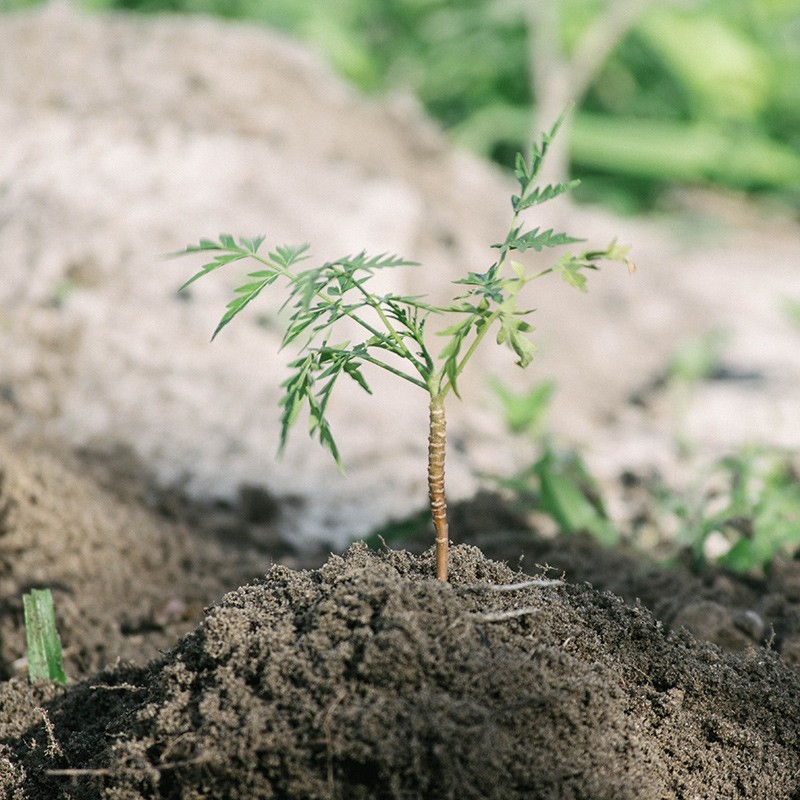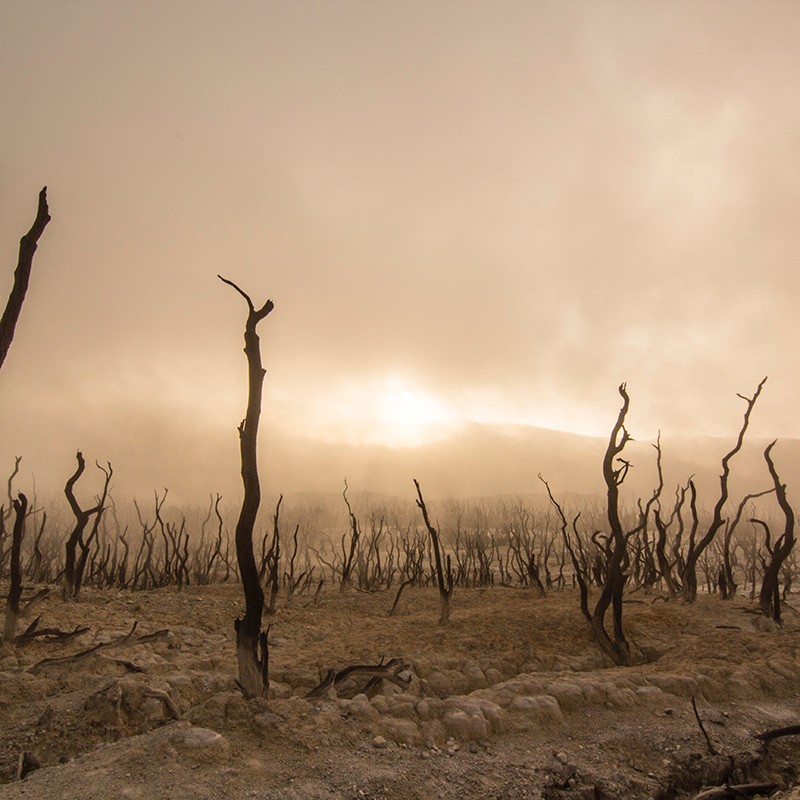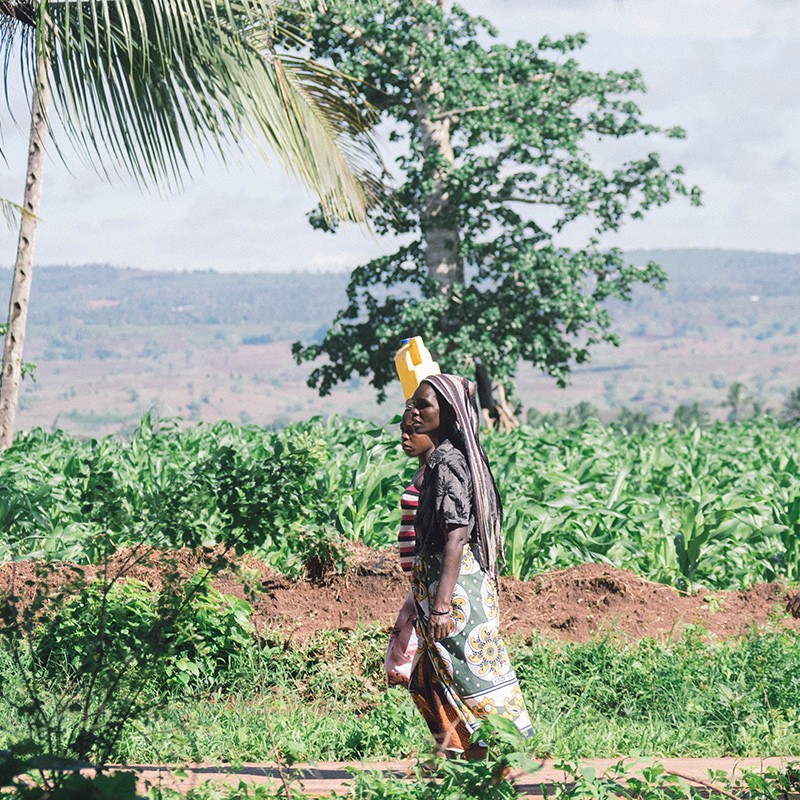Reforestation Against Climate Change
Losing forests amounting to the size of 50 soccer fields per minute is not enough incentive to take action? We think it is!

By 2050 it will be too late to counteract CO2 emissions and do anything about global warming. Let’s start today – together! Why? Because the solution has been right in front of our noses for a long time and is incredibly simple: Plant trees!

Why reforestation?
The earth could be covered with a total of 1.6 billion hectares more forest than is currently the case. Even if we subtract the space we will need in the future for living and agricultural use, there would still be 0.9 billion hectares left worldwide that could be planted. Utilizing this potential would mean planting forests that could sequester 205 billion tonnes of carbon. This would enable us to make two-thirds of the carbon produced by humans – since the industrial revolution – disappear again.
What happens if we do nothing?
By 2050 our forests will have shrunk by about 223 million hectares and global warming will increase inexorably. The largest losses of forest area are occurring in the tropics of Africa, Latin America, and South and Southeast Asia. We must act quickly, because trees need time to grow and it takes decades for them to develop their full potential as natural CO2 reservoirs.


But where is the best place to plant trees?
Trees should be planted where reforestation has the least impact on the regional climate and destroyed ecosystems can best be reactivated. The planting of new forests has a great influence on the local climate. Newly planted forests in the south cause regional cooling through evaporation. In the north, higher temperatures would be the result, especially in the winter months. This is because the snow cover on trees, which is much less dense than that on the ground, reflects the sun’s rays less effectively. So where is actually the best place to plant trees? The answer is, exactly where the forests are currently disappearing the fastest: In the tropics.
Why the tropics?
Replanting in the tropics not only stops global warming, but also supports local farmers. Food and new jobs are created and the regional population can even use the freshly planted forest commercially for rattan palms, coffee and cocoa plants, for example. At the same time, further clearing is impeded. It is finally time to let our actions speak!

Sources:
- Vgl. Bastin et al. (2019): The global tree restoration potential in: Science, Vol. 365, Issue 6448, pp.76–79, https://science.sciencemag.org/content/365/6448/76
- Vgl. Bala et al. (2007): Combined climate and carbon-cycle effects of large-scale deforestation in: PNAS, Vol. 104, Issue 16, pp. 6550-6555, https://doi.org/10.1073/pnas.0608998104
- Vgl. Trees for the Future (Hrsg.), www.trees.org (Stand: 10. Oktober 2019)
- Vgl. Eden Reforestation Projects (Hrsg.), www.EdenProjects.org (Stand: 10. Oktober 2019)
